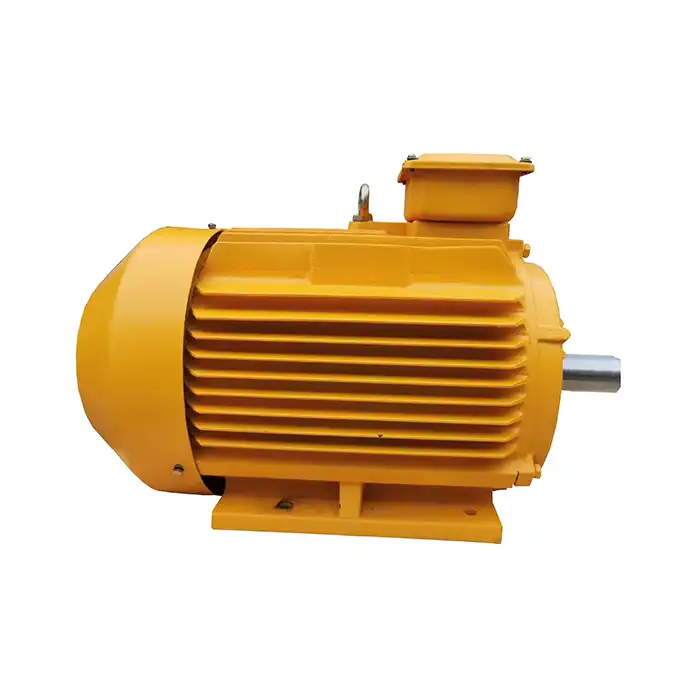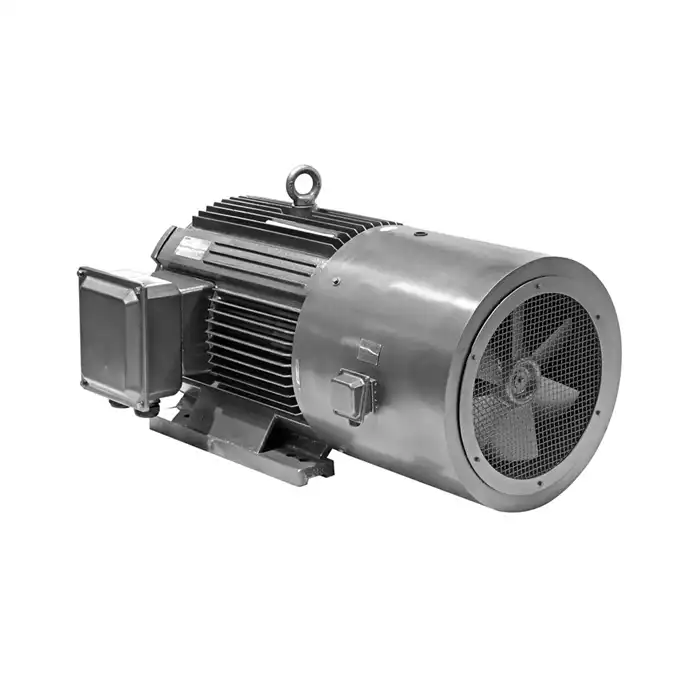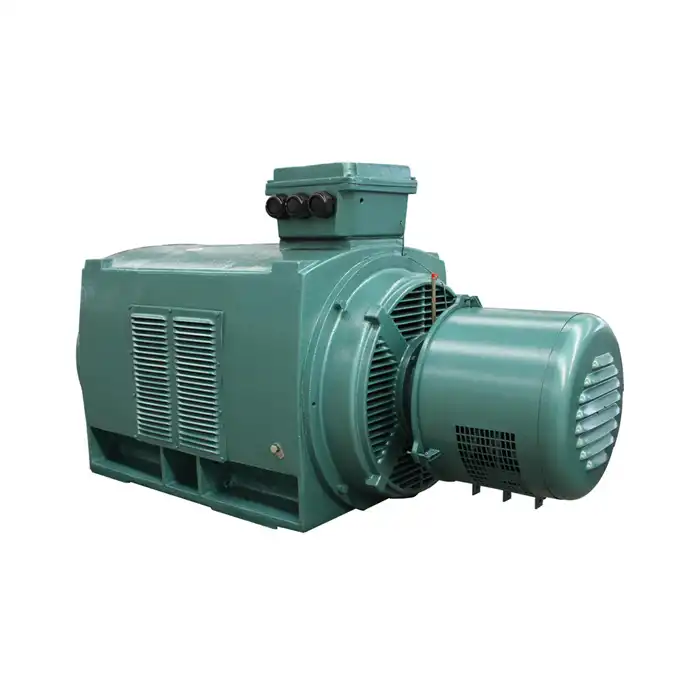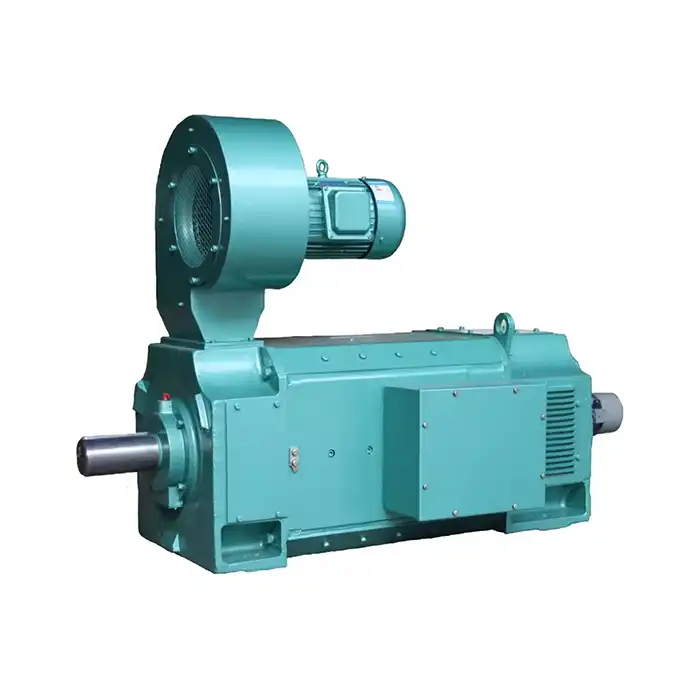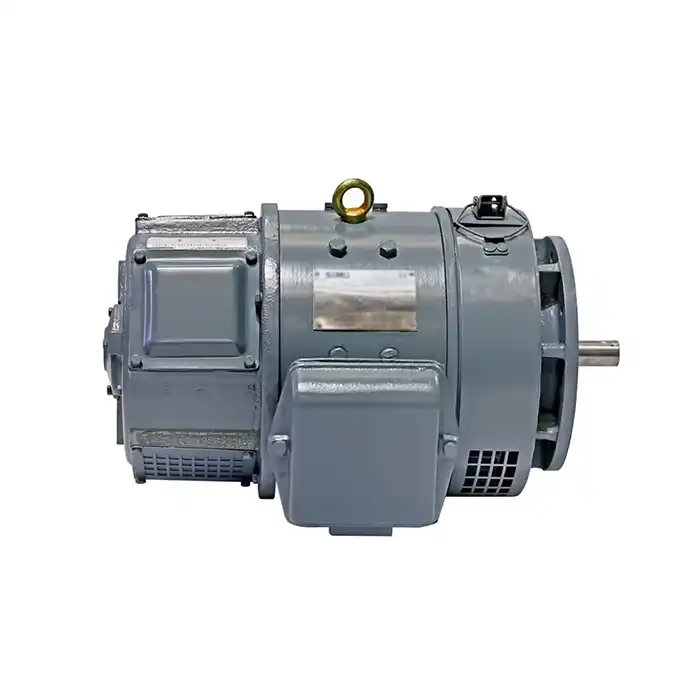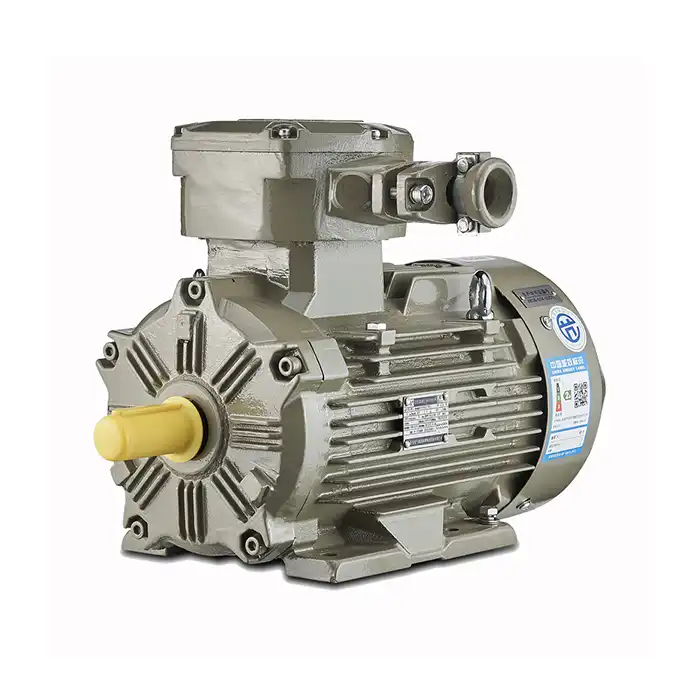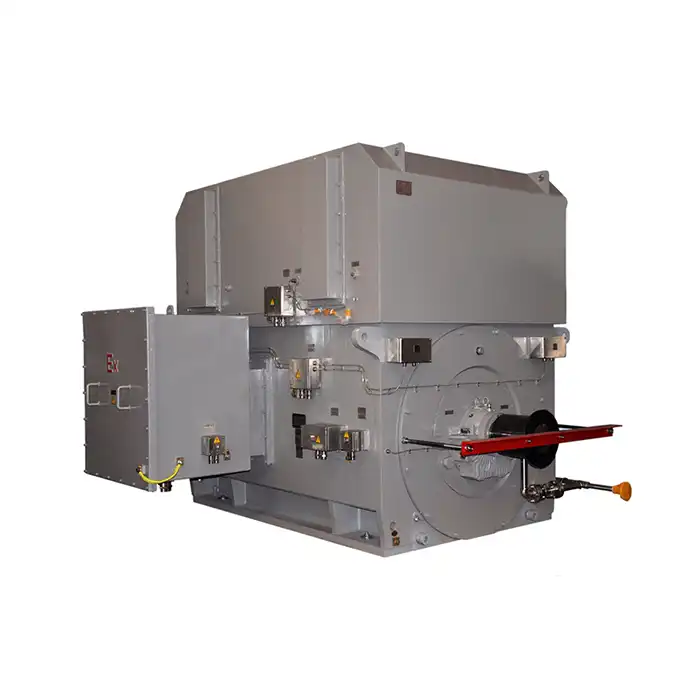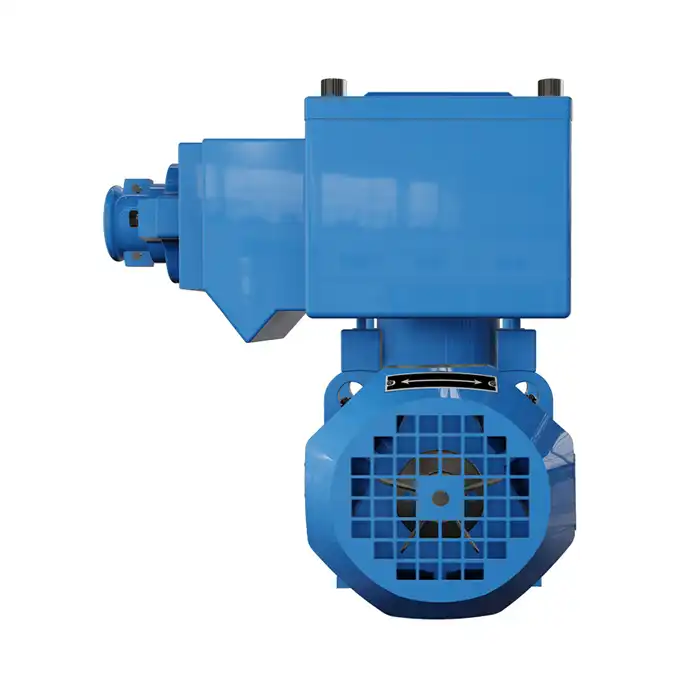In many industrial settings, IP23 motors are necessary parts because they are reliable and work well in tough conditions. A very important part of these motors is their cooling system, which keeps them running at the right temperature and makes sure they last a long time. This detailed guide will go over all the different kinds of IP23 motor cooling systems, as well as ways to make them work better and fix problems.
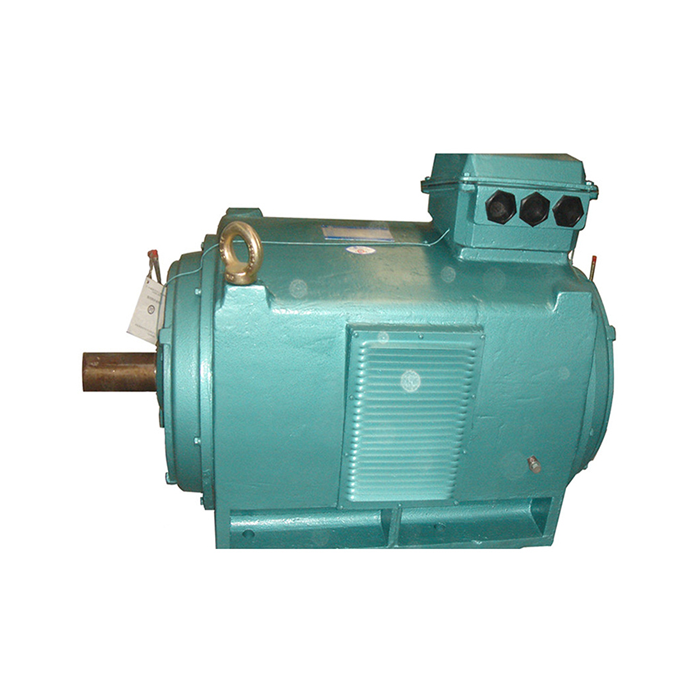
Series:Y
Voltage range: 380V±5%
Power range: 55~355 kW
Protection level:IP23
Application: This series of motors can be used to drive various machinery. Such as ventilators, compressors, water pumps, crushers, cutting machine tools and other equipment, and can be used as prime movers in coal mines, machinery industries, power plants and various industrial and mining enterprises.
Advantage: This series of motors has the advantages of high efficiency, energy saving, low noise, small vibration, light weight, reliable performance, and convenient installation and maintenance.
Certificate: The motor complies with JB5271-91
Others: SKF, NSK, FAG bearings can be replaced according to customer requirements.
Types of Cooling Methods in IP23 Motors
IP23 motors employ various cooling methods to maintain optimal operating temperatures. Understanding these methods is crucial for selecting the right motor for your application and ensuring its longevity.
Air Cooling Systems
Air cooling is one of the most common methods used in IP23 motors. This system utilizes ambient air to dissipate heat generated during motor operation.
Natural Air Cooling: In natural air cooling, the motor relies on convection currents to dissipate heat. The motor's external surface area is designed to maximize heat transfer to the surrounding air.
Forced Air Cooling: Forced air cooling systems use fans or blowers to circulate air over the motor's surface, enhancing heat dissipation. This method is more efficient than natural air cooling and is often used in IP23 motors with higher power ratings.
Liquid Cooling Systems
While less common in IP23 motors, liquid cooling systems offer superior heat dissipation capabilities, making them suitable for high-power applications.
Closed-Loop Liquid Cooling: In closed-loop systems, a coolant circulates through channels within the motor, absorbing heat and transferring it to an external heat exchanger.
Open-Loop Liquid Cooling: Open-loop systems use a continuous supply of fresh coolant, which is pumped through the motor and then discharged. This method is particularly effective for motors operating in extremely high-temperature environments.
Hybrid Cooling Systems
Some IP23 motors utilize hybrid cooling systems that combine elements of both air and liquid cooling. These systems offer a balance between cooling efficiency and system complexity.
Optimizing Cooling Efficiency: Best Practices
Maximizing the cooling efficiency of IP23 motors is crucial for ensuring their longevity and optimal performance. Here are some best practices to consider:
Proper Ventilation
Ensuring adequate airflow around the motor is essential for effective cooling. This involves:
Clearance Requirements: Maintain sufficient clearance around the motor to allow for proper air circulation. Consult the manufacturer's guidelines for specific recommendations.
Air Inlet and Outlet Positioning: Position air inlets and outlets strategically to create a natural flow of cool air over the motor's surface.
Regular Maintenance
Consistent maintenance is key to preserving the cooling system's efficiency:
Cleaning Procedures: Regularly clean the motor's external surfaces, cooling fins, and ventilation openings to prevent dust and debris accumulation, which can impede heat dissipation.
Inspection Schedules: Implement routine inspections to check for any signs of wear, damage, or blockages in the cooling system components.
Thermal Management Techniques
Employ advanced thermal management techniques to enhance cooling efficiency:
Heat Sinks and Thermal Compounds: Use high-quality heat sinks and thermal compounds to improve heat transfer from the motor to its cooling system.
Temperature Monitoring Systems: Install temperature monitoring systems to track the motor's operating temperature and detect any anomalies early.
Environmental Considerations
Account for the operating environment when optimizing cooling efficiency:
Ambient Temperature Control: In high-temperature environments, consider implementing additional cooling measures for the surrounding area to reduce the ambient temperature.
Humidity Management: In humid environments, take steps to prevent moisture accumulation, which can negatively impact cooling efficiency and motor performance.
Troubleshooting IP23 Motor Overheating Issues
Despite best efforts, IP23 motors may sometimes experience overheating issues. Identifying and addressing these problems promptly is crucial for preventing motor damage and ensuring continuous operation.
Common Causes of Overheating
Understanding the potential reasons for motor overheating is the first step in troubleshooting:
Electrical Issues: Overloading, voltage imbalances, or harmonics can lead to excessive heat generation within the motor.
Mechanical Problems: Bearing failures, misalignment, or excessive vibration can contribute to overheating.
Cooling System Failures: Blockages in air passages, fan malfunctions, or coolant leaks can compromise the cooling system's efficiency.
Diagnostic Techniques
Employ these diagnostic methods to identify the root cause of overheating:
Thermal Imaging: Use thermal cameras to detect hot spots and uneven temperature distribution across the motor.
Vibration Analysis: Conduct vibration analysis to identify mechanical issues that may be contributing to overheating.
Electrical Testing: Perform electrical tests to check for imbalances, insulation degradation, or other electrical issues.
Corrective Actions
Once the cause is identified, take appropriate corrective actions:
Cooling System Repairs: Address any issues with the cooling system, such as cleaning blocked air passages or repairing faulty fans.
Load Adjustments: If overloading is the issue, adjust the motor's load or consider upgrading to a higher-capacity motor.
Component Replacements: Replace worn or damaged components, such as bearings or insulation, that may be contributing to overheating.
Preventive Measures
Implement these preventive measures to reduce the risk of future overheating issues:
Regular Monitoring: Establish a routine monitoring schedule to track motor temperature and performance over time.
Predictive Maintenance: Utilize predictive maintenance techniques, such as oil analysis or vibration monitoring, to detect potential issues before they lead to overheating.
Staff Training: Provide comprehensive training to operational and maintenance staff on proper motor care and early problem detection.
Call to Action: Enhance Your Industrial Operations with Our IP23 Motors
Our IP23 motors are engineered to deliver exceptional performance and reliability across a wide range of industrial applications. With power ranges from 55kW to 355kW and a robust IP23 protection rating, our motors are built to withstand challenging environments while maintaining optimal efficiency. Our products feature precision-wound copper windings, high-quality bearings, and undergo rigorous quality control processes to ensure longevity and consistent performance. Experience the difference with our motors, designed for ease of maintenance and backed by comprehensive support. For expert guidance on selecting the ideal motor for your specific needs, contact our team at xcmotors@163.com. Let us help you power your success with our advanced motor solutions.



